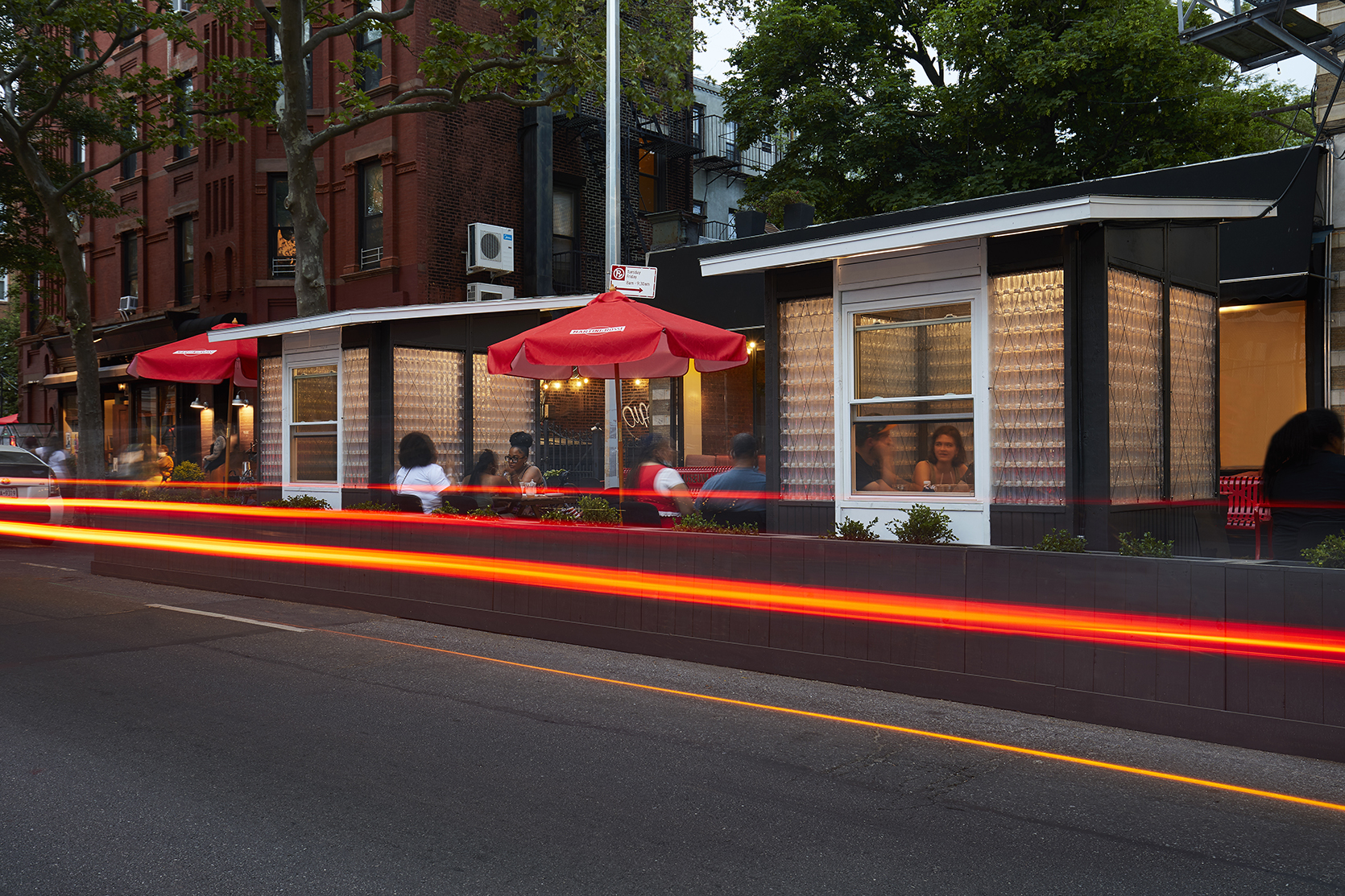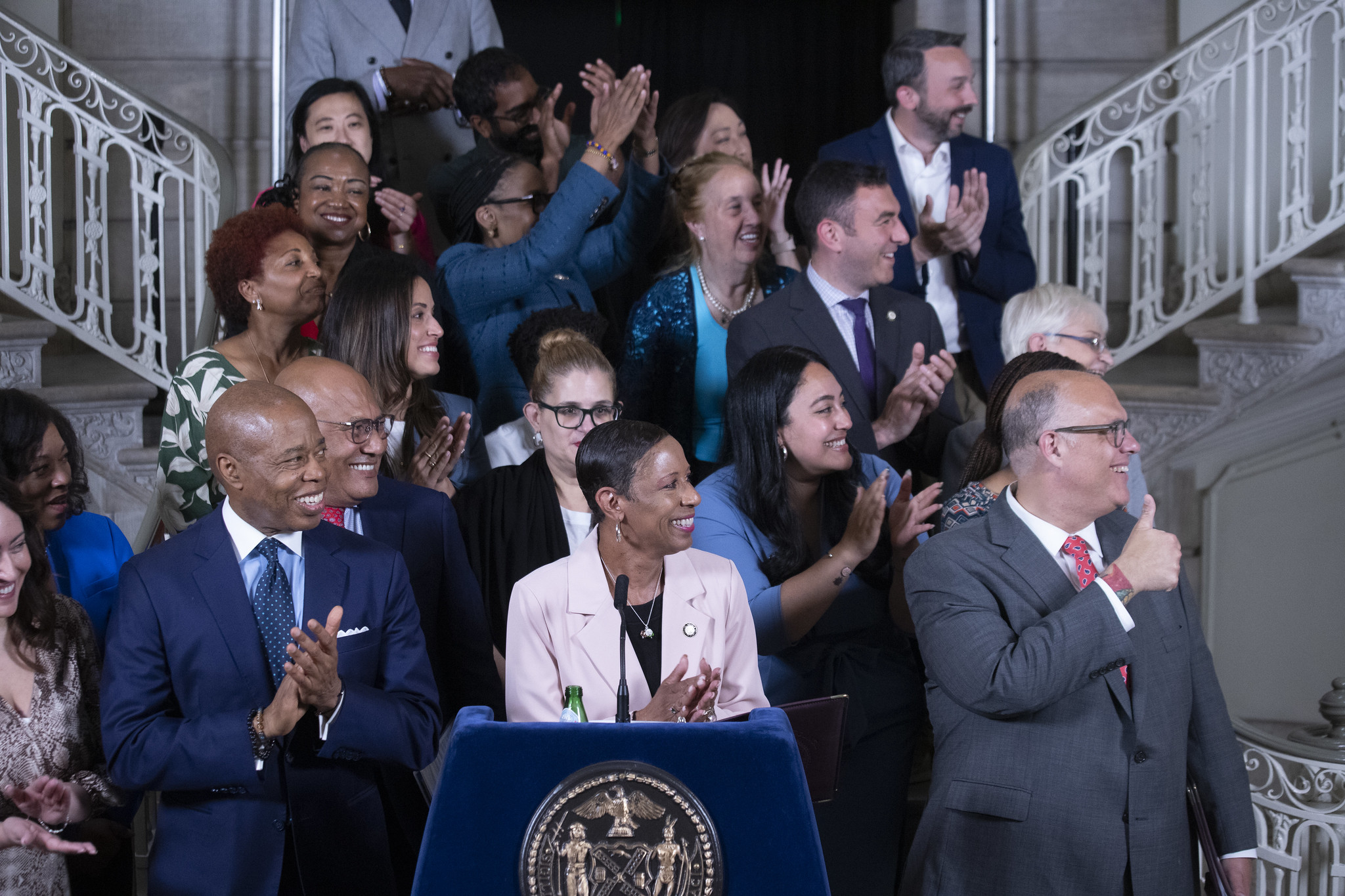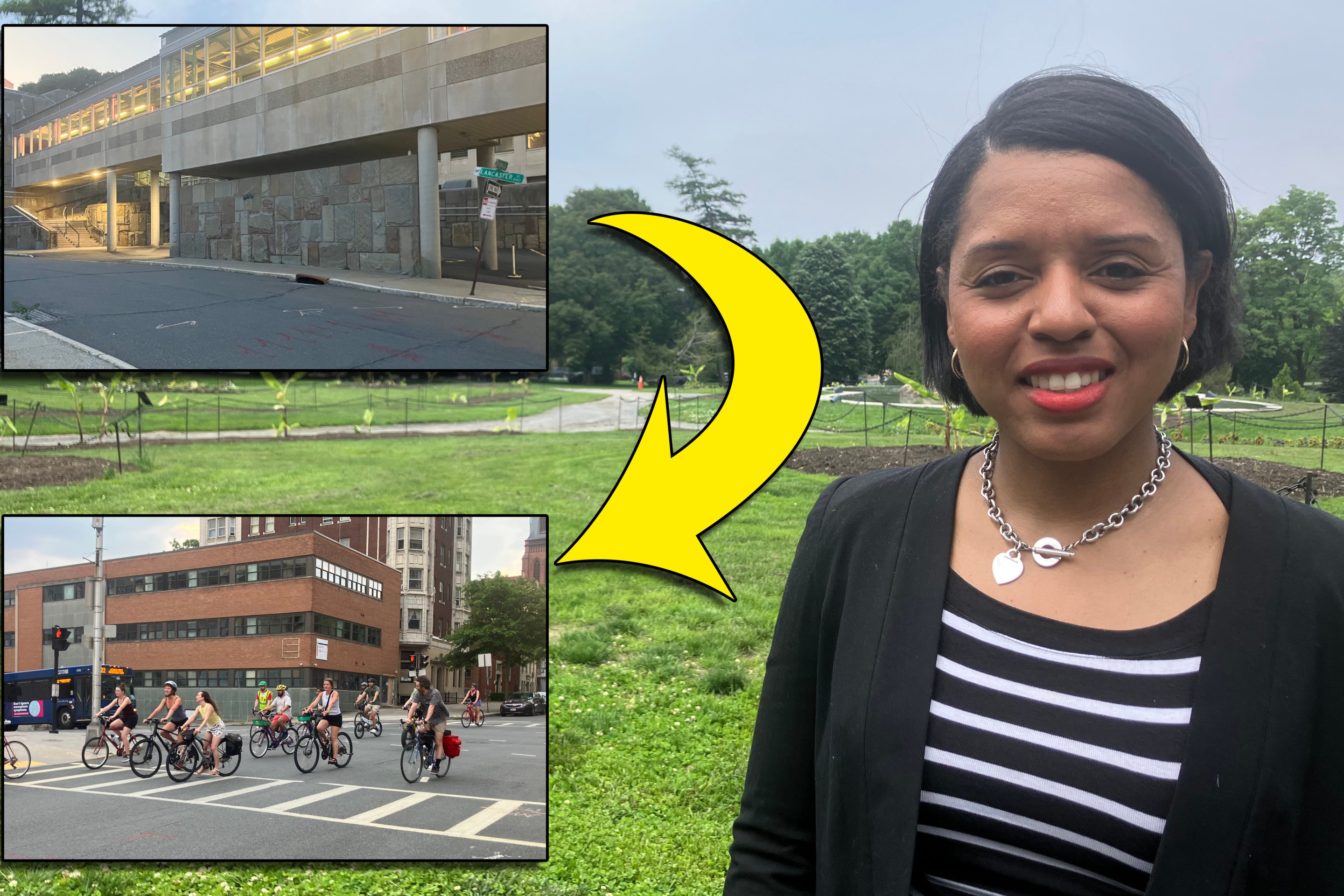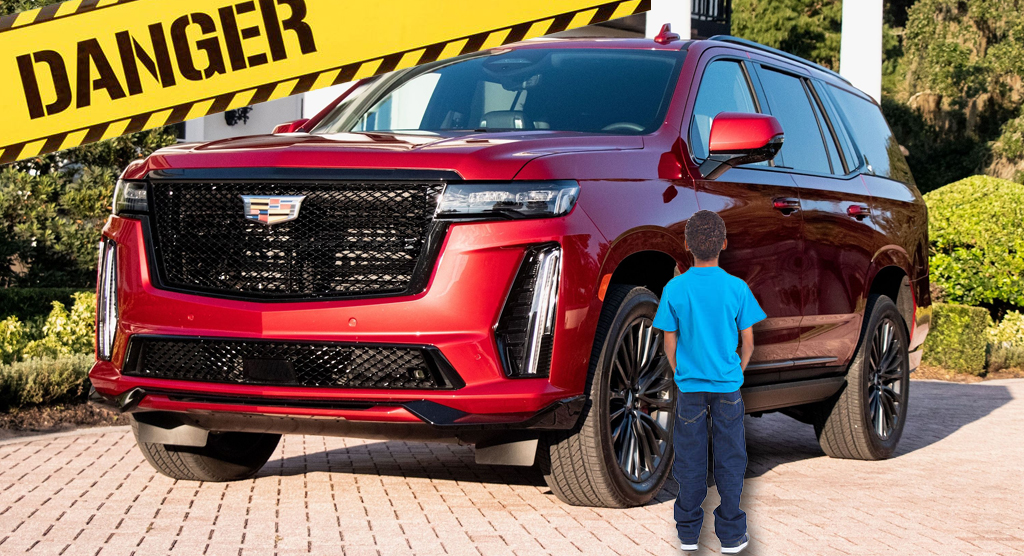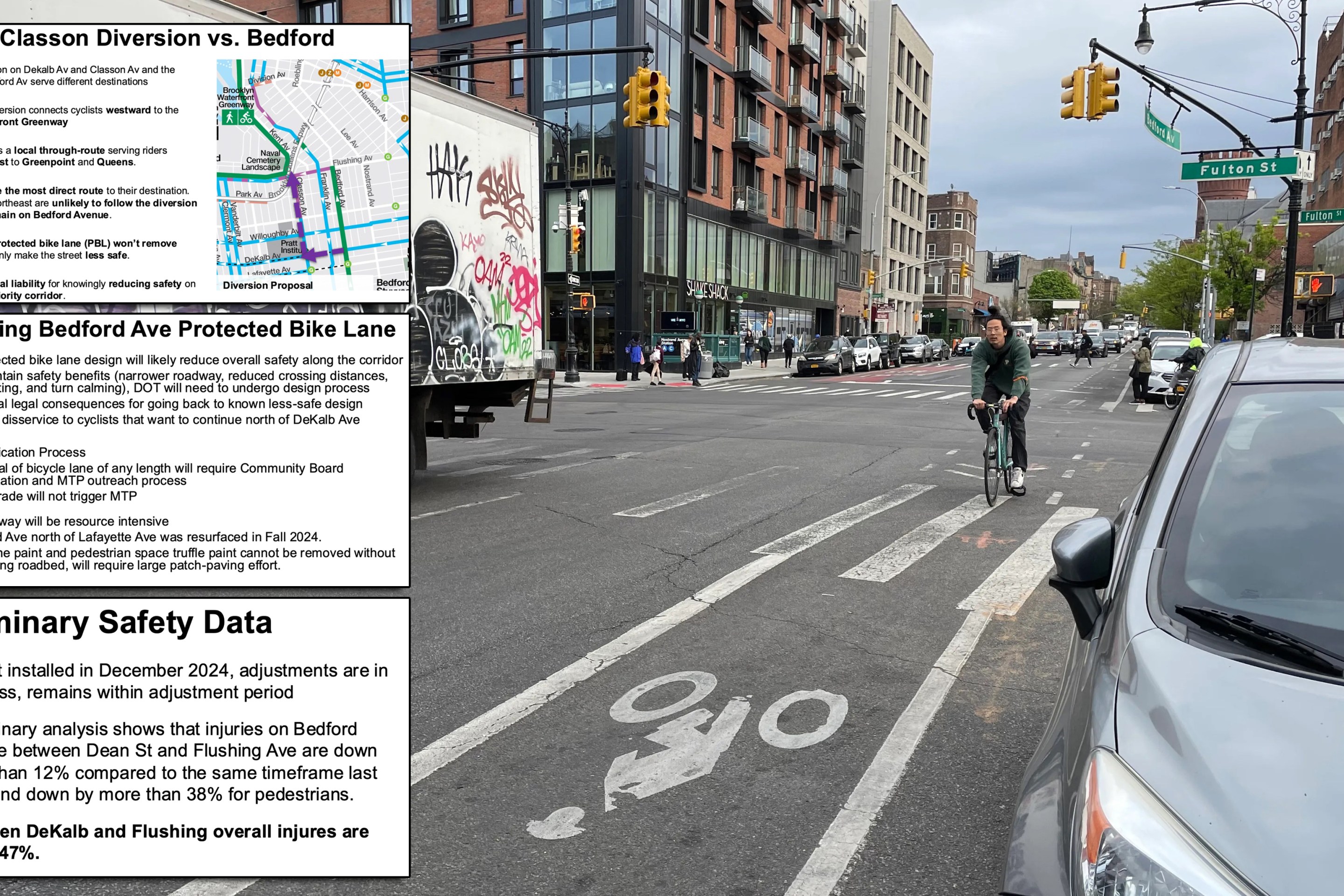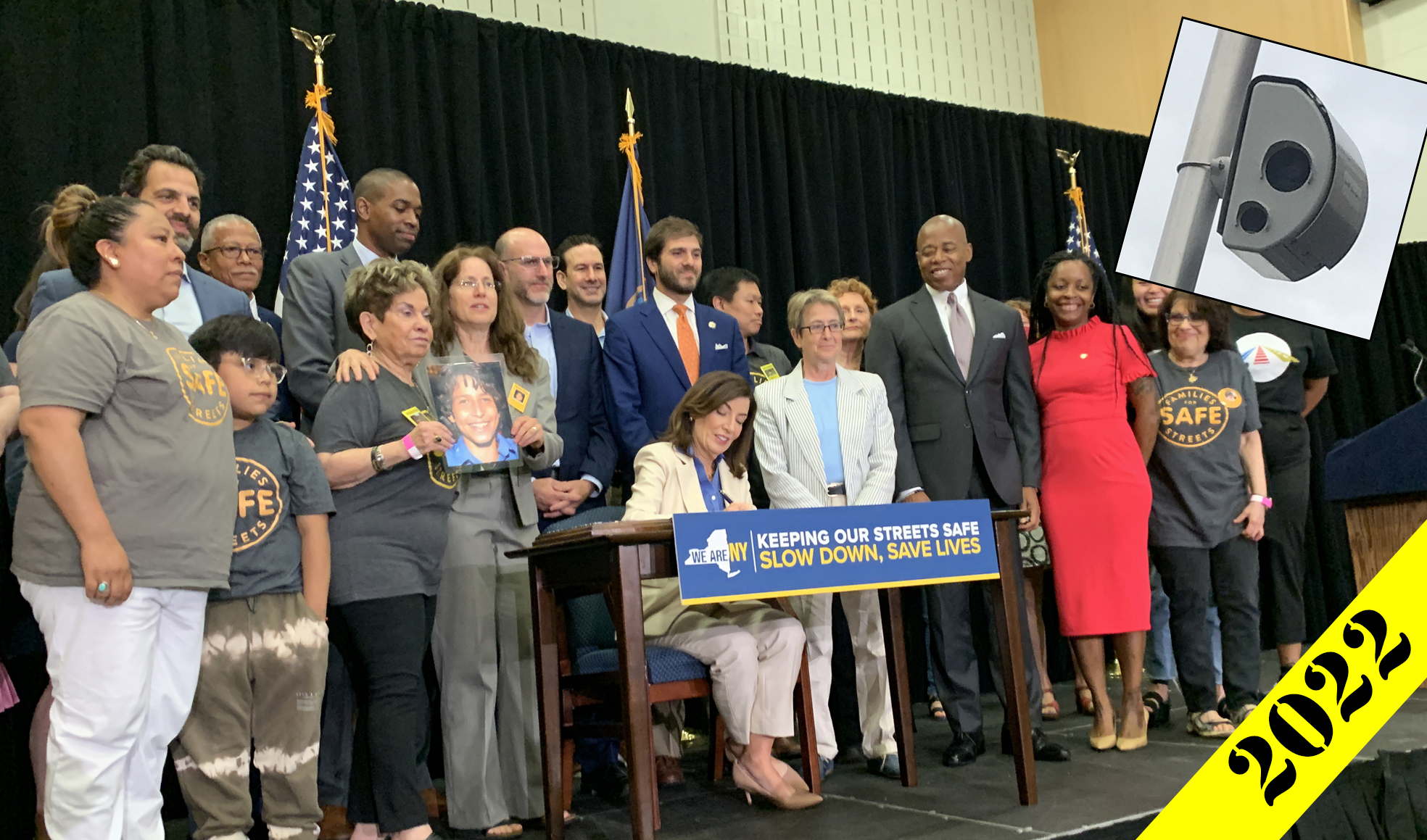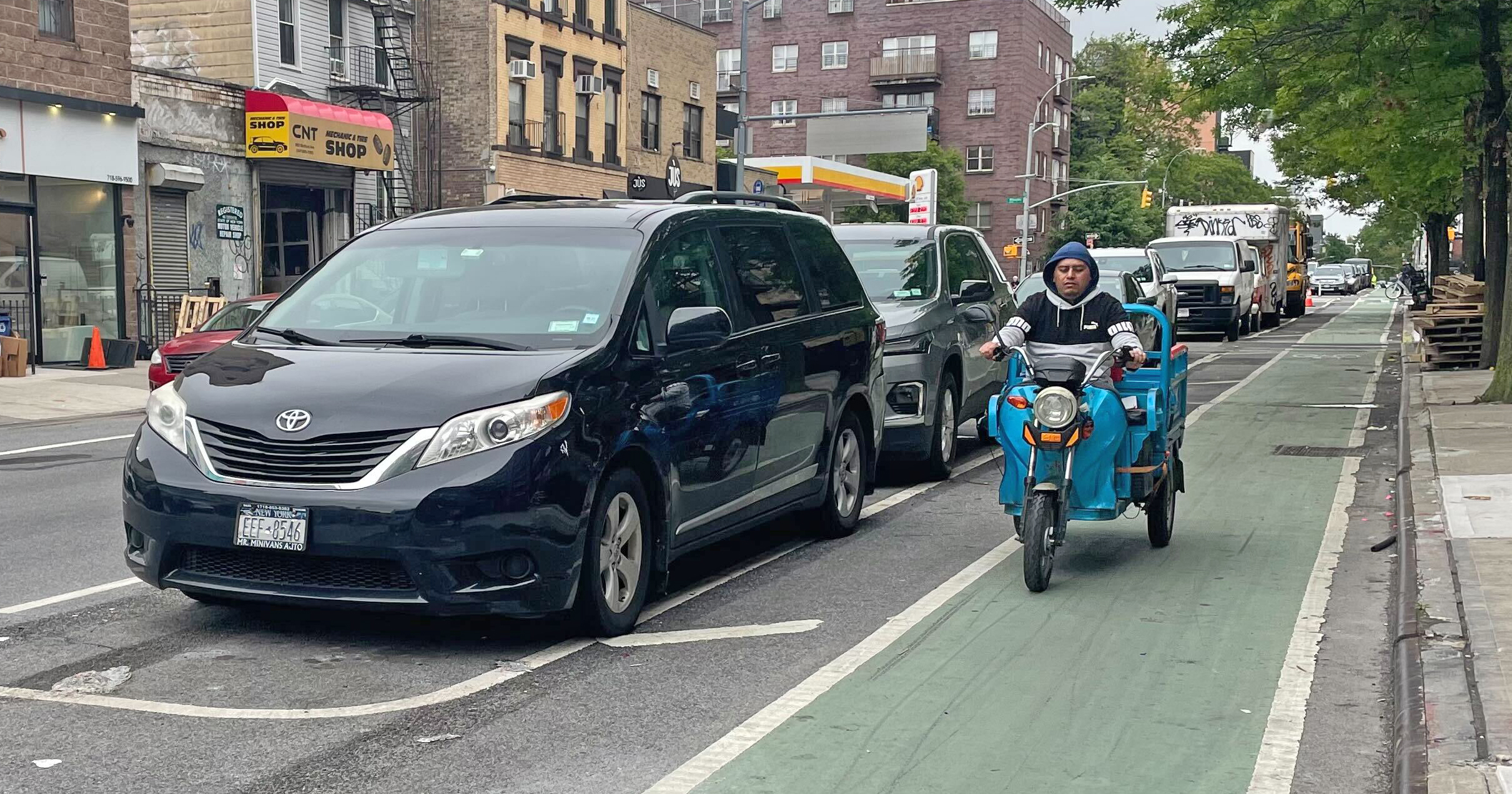
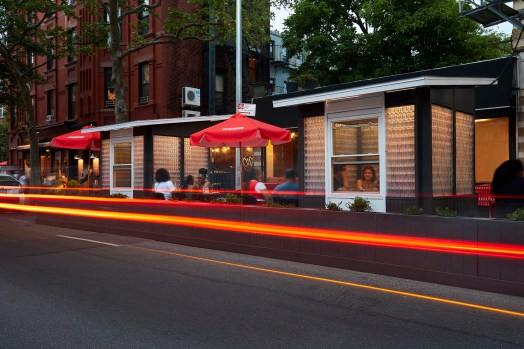
The city’s Open Restaurants program has provided a lifeline to shut-in New Yorkers, returned 100,000 of our neighbors to the restaurants and bars that employed them, and opened the eyes of millions of New Yorkers to the concept that our streets can be lively, welcoming and used for more than parking cars. It’s one of the most popular programs adopted by the city during the pandemic, and it has transformed — for the better — how we think about our streetscapes. Almost 15,000 neighborhood restaurants in every borough participate in the program.
So why has it become so controversial and disparaged at some community boards?
We’d all like to say that the worst of the pandemic-induced crisis is over, but, unfortunately, that’s not true. New restrictions, especially for indoor gatherings, are on the horizon. Neighborhood restaurants — facing mountains of debt and dried-up relief programs that only make up for a small fraction of it — still have considerable time until they’re fully back on their feet. Restaurants still need our support, and an extension of the Open Restaurants program is such support.
So what’s going on? In a word, a salutary and overdue reform.
The mayor and the City Council simply have recognized that the old Sidewalk Cafe Law, which limited the number of outdoor-dining locations citywide to fewer than 1,500, is outdated, too expensive, too bureaucratic, and cut out too many neighborhoods in the boroughs. The proposals being discussed are not about the few Manhattan neighborhoods with the vast majority of licensed sidewalk cafes, but about the dozens of city neighborhoods that were locked out of street dining for decades — along with their small-business owners who could not afford it or were prevented from even applying by archaic zoning rules.
The opponents of the program (who, not coincidentally, are also the same people who regularly oppose businesses with alcohol licenses) either do not understand the process that is underway to determine the future of outdoor dining or are purposefully misleading the public.
Here are some facts:
- First, removing the zoning restrictions that limit where lawful restaurants may apply for a license for sidewalk dining would simply put the law back to where it was before 1980, when the current restrictions were adopted. The businesses would still be subject to all of the safety requirements concerning clear paths, cleanliness, noise and congestion, just without the unfair and discriminatory zoning overlay. It would enable many small mom-and-pop restaurants to operate sidewalk eateries in neighborhoods that were deprived of such establishments by the antiquated Sidewalk Cafe law of 40 years ago.
- Second, the program has not been finalized. The only decision that has been made is the extension of the emergency program for another year, during which a permanent program will be debated and adopted.
- Third, if a permanent program authorizes roadside dining and in-street structures, we anticipate that the permanent structures would be of a higher and perhaps more uniform quality and design (see slideshow below). Once businesses can count on the permanency of outdoor dining, they will invest in the structures’ design and maintenance — just as they do for the inside of their establishments. The current, temporary structures were only meant for the emergency.
- Fourth, varied uses of the streets and sidewalks are not a zero-sum game, as some opponents suggest. There is considerable room in the hundreds of miles of our sidewalks and streets for progressive uses other than parking cars — as the rise of bike lanes and closed streets on weekends shows. Surely outdoor dining enjoyed by our neighbors is one such use.
Here’s a slideshow of some of the just-announced winners of the “Alfresco NYC Coalition” best design contest:
Other cities in the United States and around the world have recognized the value of a well-regulated and designed, welcoming outdoor space for eating and drinking holds for their streetscapes. Of course, Europe has had countless outdoor cafes for centuries. What cities throughout America discovered during the pandemic is that the old outdoor cafe culture is the future. Outdoor dining is great for neighborhoods, tourism, employment and, yes, businesses. It is also an increasingly important public-health option for those parents with young children and others who cannot get vaccinated. We do not know the future of the COVID virus.
The public is demanding outdoor dining. It makes sense, and it should not be controversial.
Robert Bookman (@RobertSBookman) is the general counsel of the NYC Hospitality Alliance and the founding partner of Pesetsky and Bookman. He was counsel to the Department of Consumer Affairs and has represented hundreds of sidewalk cafe applicants during 35 years in private practice.
